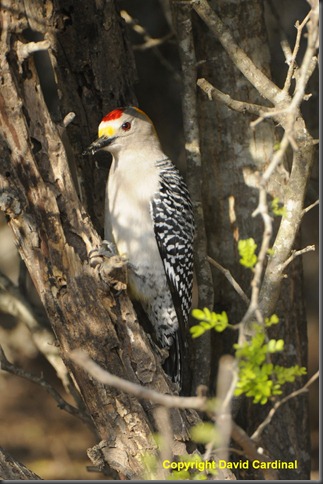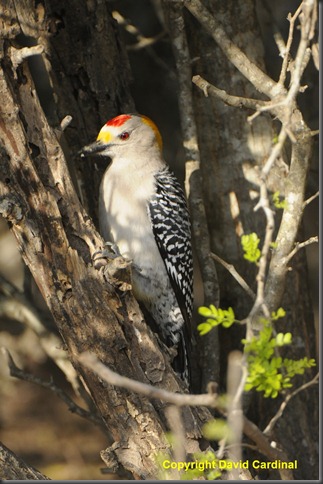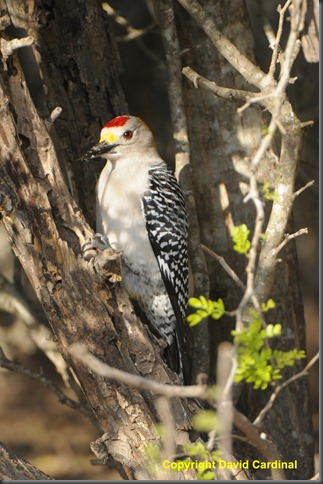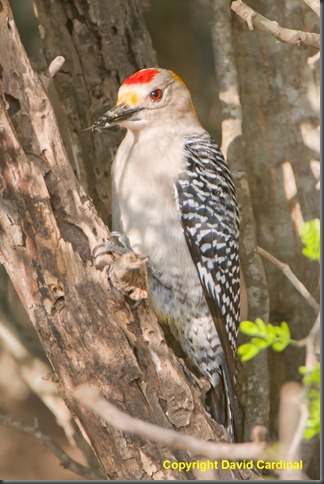- Photo Safaris »
- Photo Safaris
- Alaska Bears & Puffins World's best Alaskan Coastal Brown Bear photo experience. Small group size, idyllic location, deluxe lodging, and Puffins!
- Participant Guestbook & Testimonials Candid Feedback from our participants over the years from our photo safaris, tours and workshops. We don't think there is any better way to evaluate a possible trip or workshop than to find out what others thought.
- Custom Photo Tours, Safaris and Personal Instruction Over the years we've found that many of our clients & friends want to participate in one of our trips but the dates we've scheduled just don't work for them or they'd like a customized trip for their family or friends.
- Myanmar (Burma) Photo Tour Myanmar (Burma) Photo Tour December 2017 -- with Angkor Wat option
- Reviews Go hands-on »
- Reviews Go hands-on
- Camera Reviews Hands-on with our favorite cameras
- Lens reviews Lenses tested
- Photo Accessories Reviews Reviews of useful Photo and Camera Accessories of interest to our readers
- Useful Tools & Gadgets Handy tools and gadgets we've found useful or essential in our work and want to share with you.
- What's In My Camera Bag The gear David Cardinal shoots with in the field and recommends, including bags and tools, and why
- Articles About photography »
- Articles About photography
- Getting Started Some photography basics »
- Getting Started Some photography basics
- Travel photography lesson 1: Learning your camera Top skills you should learn before heading off on a trip
- Choosing a Colorspace Picking the right colorspace is essential for a proper workflow. We walk you through your options.
- Understanding Dynamic Range Understanding Dynamic Range
- Landscape Photography Tips from Yosemite Landscape Photography, It's All About Contrast
- Introduction to Shooting Raw Introduction to Raw Files and Raw Conversion by Dave Ryan
- Using Curves by Mike Russell Using Curves
- Copyright Registration Made Easy Copyright Registration Made Easy
- Guide to Image Resizing A Photographers' Guide to Image Resizing
- CCD Cleaning by Moose Peterson CCD Cleaning by Moose Peterson
- Profiling Your Printer Profiling Your Printer
- White Balance by Moose Peterson White Balance -- Are You RGB Savvy by Moose Peterson
- Photo Tips and Techniques Quick tips and pro tricks and techniques to rapidly improve your photography
- News Photo industry and related news and reviews from around the Internet, including from dpreview and CNET
- Resources On the web »
- Resources On the web
- My Camera Bag--What I Shoot With and Why The photo gear, travel equipment, clothing, bags and accessories that I shoot with and use and why.
- Datacolor Experts Blog Color gurus, including our own David Cardinal
- Amazon Affiliate Purchases made through this link help support our site and cost you absolutely nothing. Give it a try!
- Forums User to user
- Think Tank Photo Bags Intelligently designed photo bags that I love & rely on!
- Rent Lenses & Cameras Borrowlenses does a great job of providing timely services at a great price.
- Travel Insurance With the high cost of trips and possibility of medical issues abroad trip insurance is a must for peace of mind for overseas trips in particular.
- Moose Peterson's Site There isn't much that Moose doesn't know about nature and wildlife photography. You can't learn from anyone better.
- Journeys Unforgettable Africa Journeys Unforgettable -- Awesome African safari organizers. Let them know we sent you!
- Agoda International discounted hotel booking through Agoda
- Cardinal Photo Products on Zazzle A fun selection of great gift products made from a few of our favorite images.
- David Tobie's Gallery Innovative & creative art from the guy who knows more about color than nearly anyone else
- Galleries Our favorite images
Sweat The Details in Your Photos: What a Difference A Shadow Can Make
Sweat The Details in Your Photos: What a Difference A Shadow Can Make
Submitted by David Cardinal on Sat, 03/19/2011 - 16:48
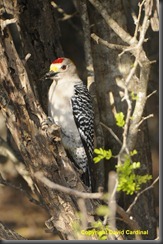 There is a lot to keep in mind when you are photographing any moving subject, especially wildlife. Your choice of subject, background, composition and most importantly the light. And then there is the waiting for the moment of action and a pose which creates interest. But even with all that in place little things can keep you from getting a great photo…
There is a lot to keep in mind when you are photographing any moving subject, especially wildlife. Your choice of subject, background, composition and most importantly the light. And then there is the waiting for the moment of action and a pose which creates interest. But even with all that in place little things can keep you from getting a great photo…
This Golden-fronted Woodpecker was one we photographed several times on our recent photo safari to the Rio Grande Valley. It had a granary tree right in front of one of our blinds so just about every participant had the opportunity to make some great images as it flew back and forth with seeds.
This first image shows the bird perched in an almost ideal way—facing slightly towards the camera with a dark background created by the tree hollow and positioned between two branches of the tree with its claws visible. The image is tack sharp and there is a catchlight in the eye. What’s not to like?
But one thing keeps it from being a great image. Can you tell what it is?
The small shadow of a branch on the bird’s head. Sure it is natural, and sure you could probably fix it in Photoshop, but if you’re aware of it at the time and are patient you can wait and watch for the bird to perch just a touch lower and get this image which is greatly improved by not having the shadow.
Of course you might also have noticed that the image with the shadow has a slightly more attractive head position, making the bird look more alive. A little more patience and we can get an image with both:
Now we have a really nice image of a Woodpecker. Uncropped like the one above it shows the bird in its environment with some greenery. But by adding a teleconverter (or in this case by moving the blind forward slightly or cropping slightly since I already had a 1.4x teleconverter on my 1.4 to get the images you’ve seen) we can create more of a close-up portrait like the one below which also gets rid of the distracting branches on the right.
So next time you’re out wondering why you take so many images of the same animal or the same scene make sure you’re using the opportunity to sweat the details and make sure that each one can be better than the last.
- Log in to post comments

